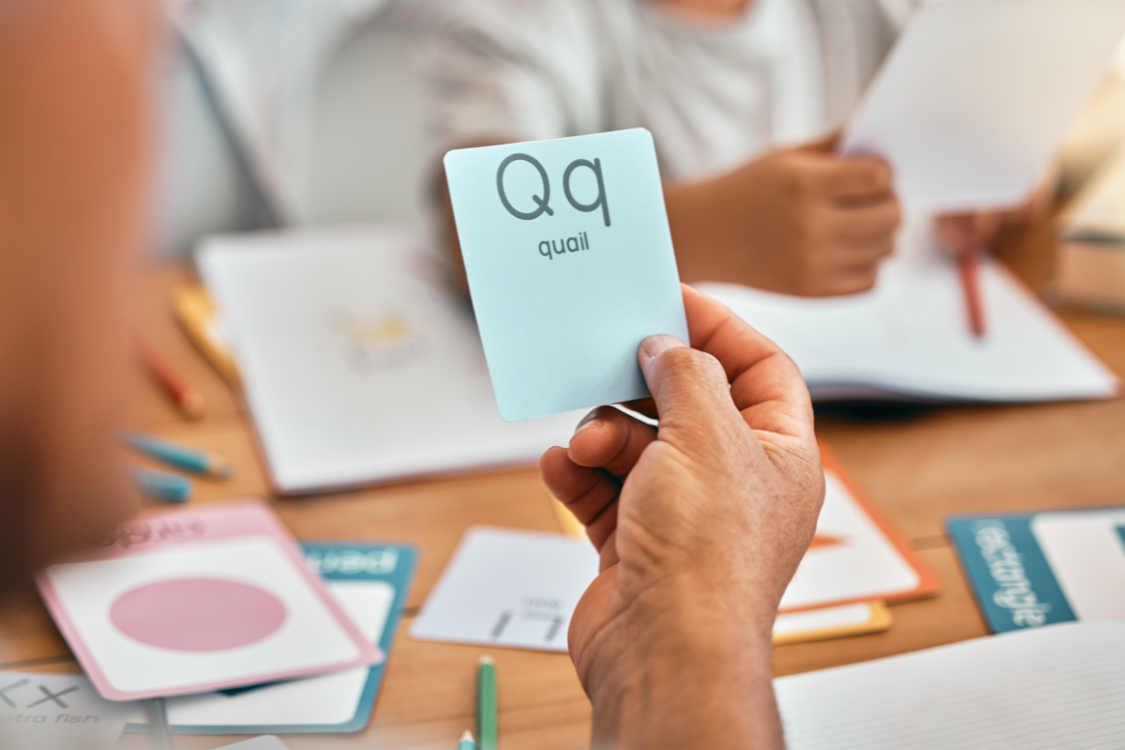Root Word Meaning: Building Vocabulary Through Phonics
Have you ever watched your child struggle with an unfamiliar word, sounding it out letter by letter, only to miss its meaning entirely? While decoding words is a crucial first step in reading, understanding their meaning unlocks the true power of literacy. This is where root words come into play—those foundational building blocks that form the backbone of our language and can transform your child’s reading comprehension and vocabulary skills.
The Connection Between Phonics and Root Words
When children first learn to read, phonics instruction teaches them to connect letters with sounds, blend those sounds into words, and eventually decode unfamiliar text. This process is essential but incomplete on its own. For reading to be meaningful, children need to understand what they’re reading, not just how to pronounce it.
Think of phonics as teaching children to unlock the door to reading, while root words help them explore what’s inside the room. Both skills work together to create strong, confident readers who not only can read words but understand their meaning.
For parents supporting early readers at home, introducing root words shouldn’t feel overwhelming. Start by pointing out simple examples in everyday reading: “Look, the word ‘unhappy’ has the root word ‘happy’ with the prefix ‘un-‘ that means ‘not.'” These casual observations plant seeds that will grow into deeper word awareness over time.
What Are Root Words and Why Do They Matter?
Root words are the core building blocks from which many other words are formed. Think of them as the trunk of a word family tree, with prefixes and suffixes as branches that modify meaning. For example, the root word “port” (meaning “carry”) appears in transport, import, export, and portable.
Most English root words originate from Latin and Greek, which explains why understanding them offers such tremendous advantages for vocabulary development. When children learn that “aqua” means water, they suddenly have a connection to aquarium, aquatic, and aqueduct—even if they’ve never encountered these words before.
For emergent readers, recognizing familiar roots in unfamiliar words provides a critical anchor point. Instead of seeing a completely foreign term, they identify a familiar pattern, making reading less intimidating and more accessible.
25 Common Root Words to Teach Your Child
Here’s a practical list of root words that parents can begin teaching even to young readers. Start with just a few that connect to your child’s interests or reading material, then gradually introduce more:
- Aqua (water): aquarium, aquatic, aqueduct
- Astro (star): astronaut, astronomy, asteroid
- Auto (self): automatic, automobile, autobiography
- Bio (life): biology, biography, biodiversity
- Cycl (circle, wheel): bicycle, recycle, cyclone
- Dict (say, speak): dictionary, predict, contradict
- Geo (earth): geography, geology, geometry
- Graph (write): photograph, autograph, biography
- Logy (study of): biology, technology, archaeology
- Meter (measure): thermometer, kilometer, speedometer
- Micro (small): microscope, microwave, microchip
- Mono (one): monologue, monarch, monotone
- Multi (many): multivitamin, multimedia, multiply
- Phone (sound): telephone, microphone, symphony
- Photo (light): photograph, photosynthesis, photocopy
- Port (carry): transport, export, portable
- Scope (see, watch): telescope, microscope, periscope
- Struct (build): construction, instruction, destruction
- Tele (far, distant): telephone, television, telescope
- Therm (heat): thermometer, thermos, thermostat
- Trans (across): transport, transfer, translate
- Tri (three): triangle, tricycle, tripod
- Uni (one): uniform, unicorn, universe
- Vid/Vis (see): video, vision, visible
- Zoo (animal): zoology, zodiac, zookeeper
For each root word, start by explaining its basic meaning, then identify a few common words that contain it. Help your child see how understanding the root helps them understand the whole word’s meaning.
Integrate Root Words with Phonics Instruction at Home
Parents often wonder how to balance phonics skills with vocabulary development. The good news is that you don’t need formal training to support both simultaneously. Here are practical strategies you can implement today:
- Make word building a game. Use index cards to create root words, prefixes, and suffixes that your child can physically manipulate to create new words.
- Point out root words during reading time. When you encounter words like “reconstruct,” pause to discuss how “re-” means “again” and “struct” means “build.”
- Create a root word wall or notebook where your child collects new roots and related words they discover in their reading.
- Use context to reinforce meaning. If you’re reading about submarines, highlight how “sub” means “under” and appears in words like subway, submerge, and subtract.
Always connect root word discussions to texts your child enjoys rather than teaching them in isolation. This makes the learning meaningful and memorable.
The Long-Term Impact of Root Word Knowledge on Academic Success
The benefits of understanding root words extend far beyond elementary reading. As students progress through school, they encounter increasingly complex academic vocabulary, particularly in science and social studies.
Consider how much easier biology becomes when a student recognizes that “bio” means “life,” “logy” means “study of,” “photo” relates to “light,” and “synthesis” means “putting together.” Suddenly, photosynthesis transforms from a bewildering term to a logical process—the putting together of materials using light.
Explicit instruction in root words offers another pathway to literacy. Understanding word origins gives students a powerful advantage in decoding unfamiliar vocabulary, especially in content areas like science, math, and social studies.
Root Word Activities for Different Age Groups
Early Readers (Ages 5-7)
- Start with simple compound words (sunshine, basketball, playground)
- Create word family trees with basic roots
- Read books like “If You Were a Prefix” by Michael Dahl
- Play “I Spy” with root words (“I spy something that has the root word ‘play’ in it”)
Developing Readers (Ages 8-10)
- Create root word flashcards with illustrations
- Play word-building games with roots, prefixes, and suffixes
- Start a root word collection journal
- Introduce Latin and Greek roots with connections to their mythology
Advanced Readers (Ages 11+)
- Challenge children to find multiple words with the same root
- Create crossword puzzles using words with common roots
- Discuss how understanding roots helps with spelling similar words
- Explore scientific terminology and break down complex words
- Use etymology dictionaries to discover word origins
Balance Different Approaches to Word Learning
While phonics provides the essential foundation for reading, and root word knowledge builds vocabulary, it’s important to remember that children benefit from multiple approaches to word learning. A comprehensive strategy includes:
- Systematic phonics instruction for decoding
- Root word and morphology instruction for vocabulary building
- Wide reading exposure for contextual understanding
- Wordplay and games for engagement
- Writing activities for application
This balanced approach ensures that children develop the full spectrum of word knowledge needed for reading success. Parents can support this comprehensive development by creating a word-rich environment at home—discussing interesting words, playing word games, and modeling curiosity about language.
Remember that every child develops at their own pace. Some children will grasp root word patterns quickly, while others may need more repetition and explicit instruction. The key is to keep the learning experience enjoyable and meaningful, connecting it to your child’s interests and reading experiences.
Build Strong Readers Through Multiple Strategies
Understanding root words significantly enhances your child’s reading journey, complementing the phonics foundation they’re building. By introducing these meaningful word parts early and consistently, you’re providing your child with powerful tools for vocabulary growth and reading comprehension.
For more resources on supporting your child’s reading development, including phonics strategies and vocabulary-building activities, visit Phonics.org regularly. Our expert-reviewed content will help you navigate every stage of your child’s literacy journey with confidence and joy.










